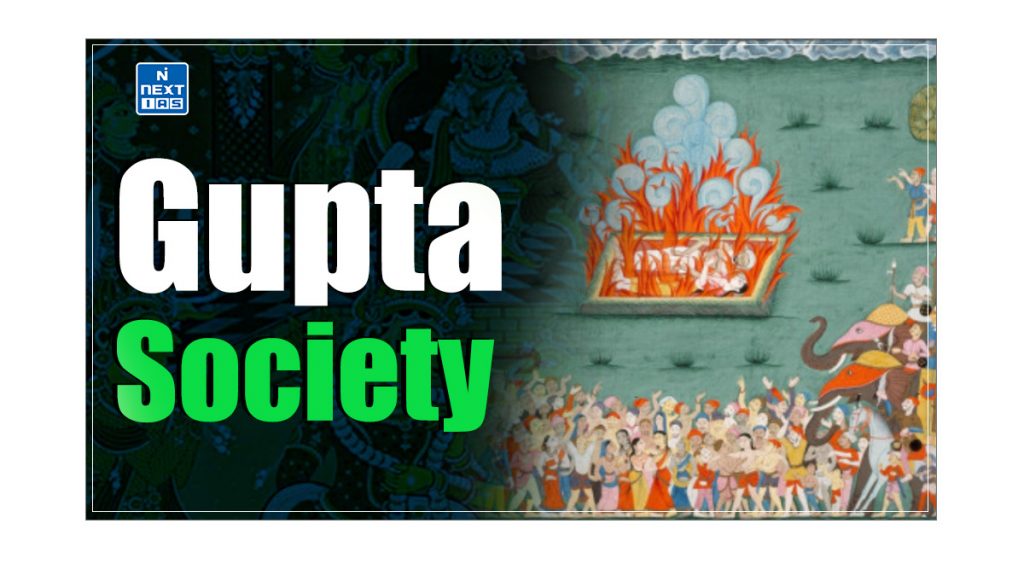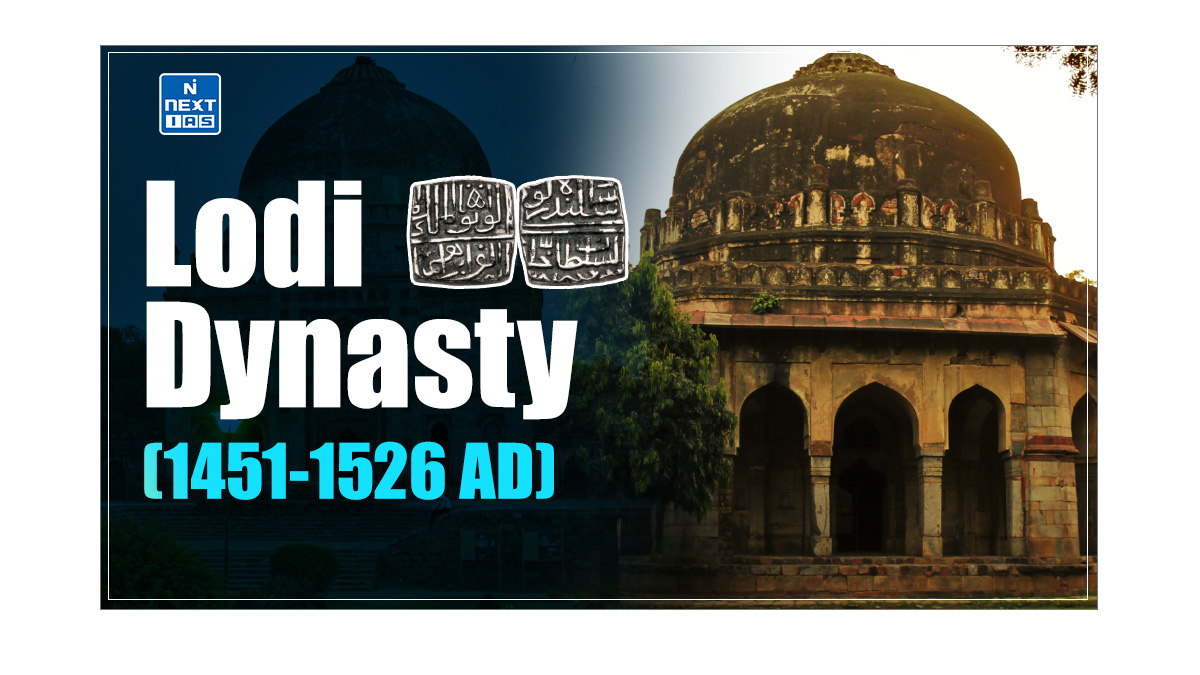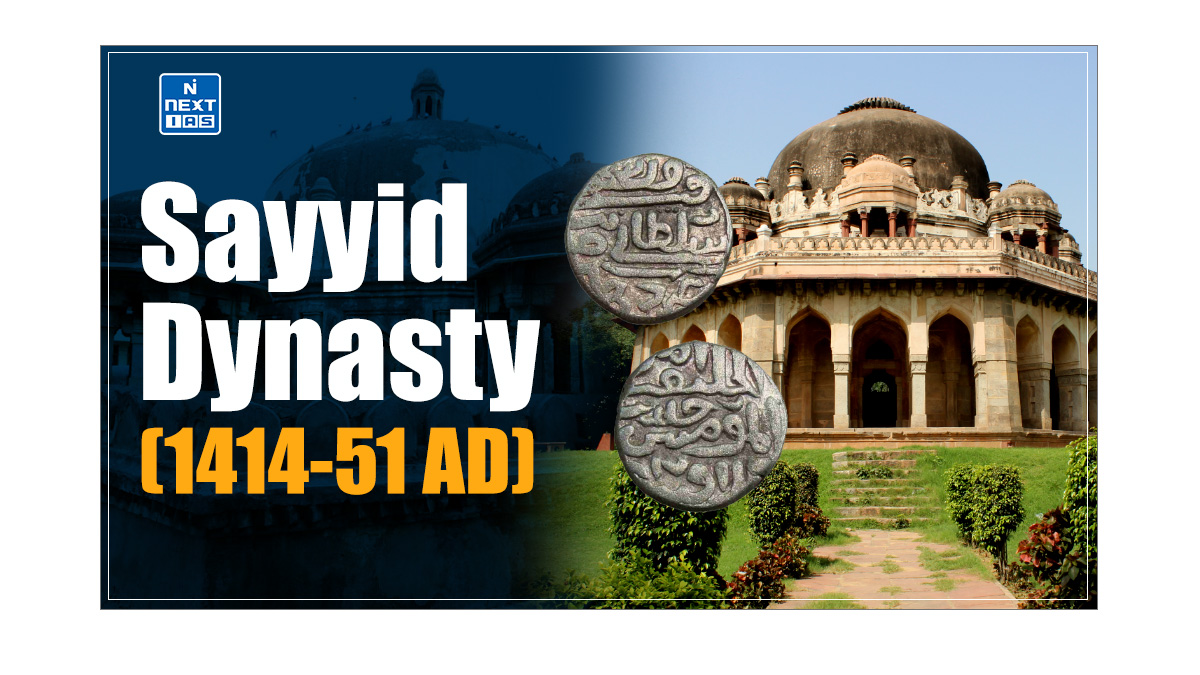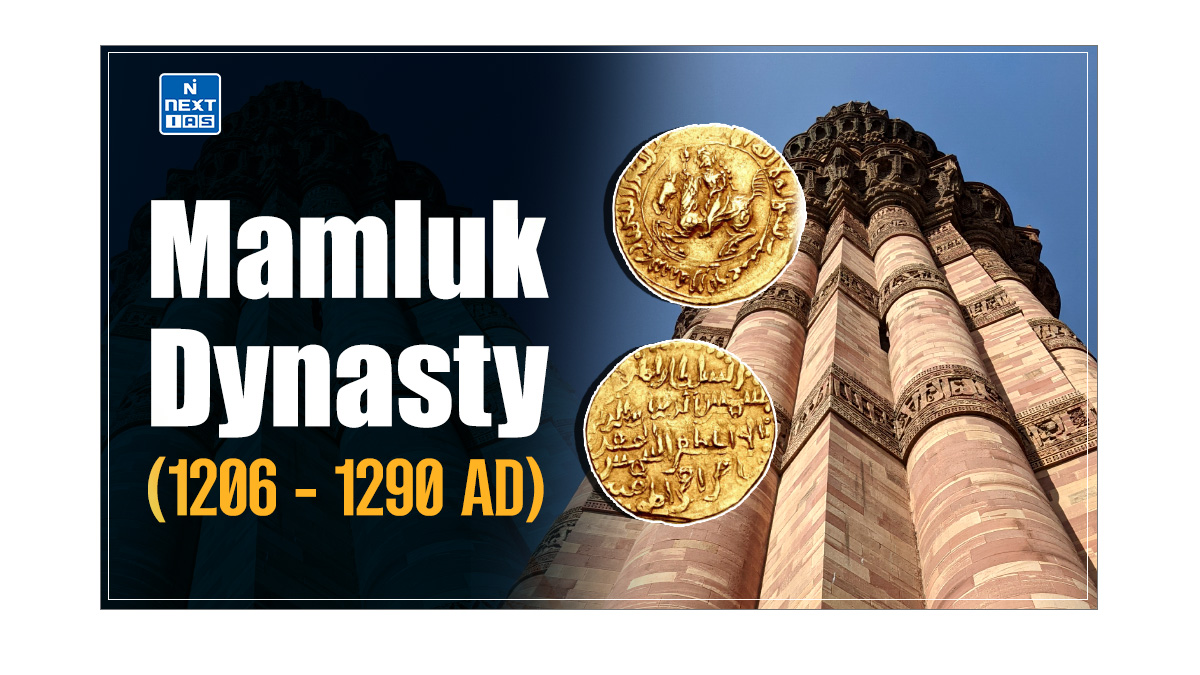The Gupta Period
Approximate extent of the Gupta Empire, c. 5th century C.E. (adapted from Woudloper , CC BY-SA 4.0)
During the Gupta period (c. 320 – 647 C.E., named for the Gupta dynasty) there were tremendous advances in poetry, prose, and drama as well as important discoveries in mathematics and astronomy. This was the age of some of the most celebrated creatives in Indian history, including the fifth century writer Kālidāsa whose works would influence generations of writers. This was also the period in which the fifth century astronomer Aryabhata theorized that the earth rotated on its own axis and calculated the solar year at 365.3586805 days.
The Puranas, a compendium of religious literature considered sacred to both the Hindu and Jain religious traditions and consisting of stories and the genealogies of the gods, folk tales, and traditional lore, grew in prominence during the Gupta years . While it is difficult to date the Puranas because they contain anonymous texts compiled over many centuries both before and after the Gupta period, we know that Puranic stories were a popular religious and cultural reference during the Gupta years from the depiction of Puranic episodes in art and architecture. Kālidāsa’s poetry and plays also frequently engaged with episodes from the Puranas.
The Guptas were ambitious rulers and by the end of the fourth century claimed dominance over a vast swathe of northern India (see map above). They maintained a capital at Pataliputra, the same ancient center used by the formidable, and earlier, Mauryan empire (4th – 2nd century B.C.E.) and that of the emperor Ashoka Maurya (3rd century B.C.E.).
Emperor Chandragupta II on his horse , c. 380 – 415 C.E., gold coin ( The British Museum )
The gold coin above shows Chandragupta II — one of the earliest and most successful Gupta rulers — who reigned from c. 380 C.E. to 415 C.E. Chandragupta is regally dressed, as is his horse, and he holds a bow as his sash flies behind him. This type of iconography emphasizes the emperor’s identification as a conqueror and the inclusion of a goddess (on the reverse side of this coin, not shown) implies divinely mandated rule. Fa Hsien, a Buddhist pilgrim from China, who was in India during the reign of this king wrote with admiration about the prosperity of the empire, describing it as a charitable place with hospitals, rest-houses, and medicine for those in need.

The Golden Age of Indian Culture?
Although Gupta overlordship was significant throughout the empire in the early years and later, local rulers were allowed a fair bit of autonomy in their territories. It is important therefore to not conflate the innovations and achievements of the Gupta period with the Guptas, and to acknowledge the contributions of regional dynasties. This is particularly important when works of art and architecture dated to the Gupta period are missing contextual information. Rather than assigning the Gupta dynastic label to these works of art and architecture, art historians use methods of connoisseurship to understand the artists, patrons, and provenance of these works. In the process, we are able to better understand the artistic developments of the period as a whole.
The Gupta period was termed the “Golden Age of Indian Culture” by some early observers who assigned the vast quantity and sophisticated quality of art from that period to the sponsorship of the Guptas. The term “Golden Age” was based on the desire of these writers for an ideal or classical style of art (using the art of ancient Greece as an example), and the opinion that art after the Gupta period was less classical and too decadent to be tasteful. The artistic developments of regional kingdoms in the Gupta era problematizes this Eurocentric perspective. The fifth and sixth century rock-cut temples at Ajanta and Elephanta , in the domain of the Vakataka and Kalachuri rulers respectively, are prominent sites that point to a richer and more complex art history of the Gupta period.
That is not to say that the Gupta rulers themselves were not important patrons of art and architecture. The Udaigiri complex of rock-cut caves in Madhya Pradesh (a large state in central India) is a an exceptional site with inscriptions that indicate sponsorship from the Gupta court. Nineteen of the site’s twenty caves are dedicated to Hindu gods and date to the fourth and fifth centuries; one cave is dedicated to the Jain religion and is dated to the early fifth century.
Varaha panel, cave number 5, 5th century C.E., Udaigiri rock-cut caves, Madhya Pradesh (photo: Asitjain , CC BY-SA 3.0)
Varaha, the man-boar avatar
A sculptural panel at Udaigiri (in cave number 5) depicts the Hindu god Vishnu in his man-boar form avatar known as Varaha. The panel shows Varaha rescuing Bhudevi (goddess of earth) from a cosmic flood, a story that is recounted frequently in Hindu religious literature, including the Puranas. Varaha is shown here as a hero posing regally with the goddess as she dangles from his tusk. An audience of gods, sages, and people — most in crowds of organized rows — witness the event with awe.
Varaha, 5th century CE, Eran, Madhya Pradesh (photo: ArnoldBetten , public domain)
Scholars have suggested that the Guptas may have been especially attached to the Varaha avatar of Vishnu. A remarkable sculpture — this time showing the Varaha avatar in the form of a boar (not a man-boar as at Udaigiri cave number 5) — is found in Eran, another site in Madhya Pradesh. Eran has a number of temples dated to the Gupta period and its association with the Guptas is well-established by way of inscriptions.
Eran’s Varaha is colossal – nearly twelve feet in height – and is shown again with the goddess holding on to his tusk. The artists cleverly included the witnesses of the miracle on Varaha’s body itself which is covered almost entirely by rows of spectators. Additional figures are also carved on his ears and snout.
Standing Buddha Offering Protection , late 5th century, red sandstone, Mathura ( The Metropolitan Museum of Art )
The Gupta Buddha
The aniconic tradition of representing the Buddha was abandoned by this stage in favor of depictions of the deified Buddha and the Gupta period boasts some of the most impressive examples. Scholars have suggested that the style of the Gupta Buddha evolved out of the Gandhara and Mathura style of Buddhas. The Gandhara and Mathura Buddhas were distinct versions of the Buddha image developed during the Kushan empire (2nd century B.C.E. – 3rd century C.E.) in the Gandhara and Mathura regions respectively. Kushan-ruled territories became part of the Gupta empire and it is certainly possible that the aesthetic style of Buddha images produced in those areas inspired the development of the Gupta Buddha.
The process by which the amalgamation of features from both the Gandhara and Mathura styles led to the Gupta image was surely a complex and involved process that developed over centuries. In addition, while Gupta period artists appear to have inherited the developments of the Kushan empire in many aspects, they likely also gained from the developments of art produced in other regions and kingdoms — both previous and contemporaneous. It is helpful to also remember that artists and therefore styles of art may have been itinerant at various points in history.
Gupta period Buddhas are characterized by covered shoulders, a head full of tight curls that cover even the ushnisha , and ornately carved halos. Images of the Jina (the 24 great teachers and perfected beings of the Jain religion) from this period are closely similar to Buddha images, especially in the rendering of a head of tight curls. The Jina’s posture and adornment follows the iconographic prescriptions of Jain sacred imagery and emphasize immobility and austerity.
“Gupta” as a style
While using the Gupta dynastic label to categorize all art produced in the Gupta period is, as we have seen above, problematic, there are certain developments in style and iconography from the Gupta period that are important to note, such as the tendency to render deities as life-sized or larger and the consistent use of hierarchic scaling . See the Varaha panel at Udaigiri above, for example.
Workshops in the Gupta period also employed signature styles. Images of the Buddha from the Mathura region, for instance, were produced in mottled red sandstone. The Mathura workshops also preferred to render the folds of the Buddha’s robes as looped strings as opposed to the thick folds preferred by Gandharan workshops in the Kushan period. Buddha images from the region of Sarnath, on the other hand, were made from a yellowish-tan sandstone and are shown wearing smooth robes.
Left to right: Buddha , 3rd century CE, schist, Gandhara ( The Metropolitan Museum of Art ); Standing Buddha , c. 5th century CE, red sandstone, Mathura ( Rashtrapati Bhavan Presidential Palace, New Delhi ); Standing Buddha , 474 CE, sandstone, Sarnath ( Sarnath Museum )
Scholars believe that portable Gupta period Buddhas, carried by pilgrims back to their homelands, played a role in the development of the Buddha image in the art of East and Southeast Asia. The Gupta Buddha would also influence later images of the Buddha in South Asia — such as those that were produced in the territory of the Pala dynasty (c. 700 – 1200) in eastern India. The Pala period saw the Buddha image develop even further and is notable for its inclusion of ornate crowns .
Gupta period sculpture and painting
In addition to its prolific production of Buddha images, the Gupta period is also known for its Hindu and Jain sacred imagery fashioned from terracotta, stone, and metal . Surviving terracotta examples include sculptural plaques that were meant to adorn the walls of temples.
Krishna Killing the Horse Demon Keshi , 5th century, terracotta ( The Metropolitan Museum of Art )
The terracotta panel above shows the Hindu god Krishna (also an avatar of Vishnu) killing the horse demon Keshi. Krishna pushes the horse-demon back with his leg and sticks his elbow in Keshi’s mouth to stop the demon’s advance. If there is any doubt as to the aftermath of this encounter, the dead Keshi lies at the bottom of the panel.
Painting too was likely a popular art-form in the Gupta period, although sadly, few examples have survived. If the mural paintings at the Buddhist rock-cut caves of Ajanta are any indication, painting techniques by the fifth century were highly developed. Ajanta’s paintings are also priceless for the clues that they contain on the artistic achievements of the period; we only need look at the accessories and clothes worn by the protagonists of the murals as well as at the architectural spaces that they occupy to better know the style of jewelry, textiles, and secular architecture that was popular at that time.
Mural in cave 1, Ajanta, 5th century C.E., Aurangabad
Temple architecture
Most Gupta-period architecture that survives in-situ is religious in nature and is built from stone and brick. A modest temple structure known as number 17 at the sacred complex at Sanchi – famous for its great stupa, and believed to date to the early fifth century, gives an idea of the early style of Indian temple architecture.
Temple number 17, Sanchi (photo: Biswarup Ganguly , CC BY 3.0)
Temple number 17 is flat-roofed, mostly unadorned, and has an attached portico marked by four pillars topped with lion capitals. The temple is quite different from another fifth century brick-temple at Bhitargaon that sits at the center of a square plan and would have once had an impressive shikara (pyramidal roof). Although the temple is heavily reconstructed today, it still preserves some of its sculptured terracotta panels, providing a glimpse of its original grandeur.
Dashavatara Temple, 6th century C.E., Deogarh (photo: Work2win , CC BY-SA 4.0)
Another Gupta period temple, the sixth century Dasavatara temple at Deogarh (above), also sits at the center of a plinth (an architectural feature that becomes increasingly common in temple building). Like Bhitargaon, Deogarh features sculptured panels, although here, three large niches containing sacred imagery associated with the god Vishnu receive special prominence — each one featured on its own wall. The panels may have originally been located within an ambulatory that is now missing.
By the end of the sixth-century, hastened by military incursions and the loss of territories, the Gupta empire fell into decline. Nevertheless, the Gupta period’s formative developments in art, architecture, and religious iconography would have a lasting impact on the art and architecture of South and Southeast Asia.
Bibliography
A record of Buddhistic Kingdoms by Fa-Hsien
Art of the Silk Road: Cultures: The Gupta Dynasty
Recognizing the Gods
Frederick Asher, “Historical and Political Allegory in Gupta Art.” In Essays on Gupta Culture , ed. Bardwell Smith (Delhi: Motilal Banarsidass, 1983), pp. 55–57.
Catherine Becker, “Not your average boar: the colossal varaha at Eran, an iconographic innovation,” Artibus Asiae , volume 70, number 1, “To My Mind”: Studies in South Asian Art History in Honor of Joanna Gottfried Williams. Part II (2010): 123–49.
Vidya Dehejia, Indian Art (London: Phaidon Press, 1997).
Wendy Doniger, The Hindus: an Alternative History (Oxford: Oxford University Press, 2010).
Partha Mitter, Indian Art (Oxford: Oxford University Press, 2001).
Ju-Hyung Rhi, “From Bodhisattva to Buddha: the Beginning of Iconic Representation in Buddhist Art,” Artibus Asiae , volume 54, number 3 / 4 (1994): 207–25.
Bardwell L. Smith, Essays on Gupta Culture (Columbia: South Asia Books, 1983).
Cite this page
Your donations help make art history free and accessible to everyone!
- Our Selections
- About NEXT IAS
- Director’s Desk
- Advisory Panel
- Faculty Panel
- General Studies Courses
- Optional Courses
- Interview Guidance Program
- Postal Courses
- Prelims Test Series
- Mains Test Series (GS & Optional)
- ANUBHAV (All India Open Mock Test)
- Daily Current Affairs
- Current Affairs MCQ
- Monthly Current Affairs Magazine
- Previous Year Papers
- Down to Earth
- Kurukshetra
- Union Budget
- Economic Survey
- Download NCERTs
- NIOS Study Material
- Beyond Classroom
- Toppers’ Copies
- Student Portal
TABLE OF CONTENTS
Gupta society: social, religious & cultural practices.

The Gupta Society, during the Gupta Empire (320–550 CE), was characterised by a strong hierarchical structure, flourishing arts, and intellectual advancements. It marked a “Golden Age” in Indian history, significantly contributing to culture, religion, and economic development. This article aims to study in detail the social, cultural, and economic conditions of the Gupta period and their lasting impact on Indian civilisation.
About Gupta Period
- The Gupta Empire (320–550 CE) marked a significant period in Indian history, often called the “Golden Age” due to the immense advancements in culture, science, and political stability.
- During this time, India saw the flourishing of art, literature, architecture, and learning while its political structure and economy thrived under a strong centralised monarchy.
- The social fabric of the Gupta society was complex, with a well-established caste system, evolving religious practices, and notable changes in social norms.
Read our detailed article on the Gupta Empire , Gupta Economy , Gupta Administration , Gupta Science and Technology , Gupta Literature , Gupta Art and Architecture, Guild System and Gupta Inscriptions.
Gupta Society
- The Gupta society experienced significant economic growth, driven by flourishing trade, agriculture, and a strong guild system that regulated crafts and commerce.
- Land grants, especially to Brahmins, expanded agricultural production but also led to the rise of priestly landlords, affecting local peasants.
- Culturally, the Gupta society is renowned for its artistic and intellectual achievements, including advancements in literature, science, and temple architecture.
- In the Gupta society, the caste system became more rigid, and while Brahmanism and Hinduism flourished, the status of women and marginalised groups declined.
- The era is often remembered as a “Golden Age” for contributing to Indian civilisation.
All the social, religious, educational and cultural conditions of the Gupta Society have been discussed in detail in the following section.

Social Conditions during Gupta Society
The social hierarchy and class structure of the Gupta Society can be seen in the following points:
- On the one hand, many foreigners had been assimilated into Indian society, and each group of foreigners were considered a kind/subgroup of the Hindu caste.
- The other reason for the increase in castes was the absorption of many tribal peoples into Brahmanical society through land grants.
- The Brahmins, as priests and scholars, gained significant power. They often acted as advisors to rulers and influenced religious and social norms.
- The Kshatriyas maintained their traditional roles as warriors and rulers, with the Gupta kings being prime examples of this caste’s dominance in governance and warfare.
- The Vaishyas, primarily merchants and traders, played a crucial role in the expanding economy, participating in trade networks that connected India to other parts of the world.
- The Shudras, tasked with labour and service roles, comprised the working class with limited upward mobility.
- Practices such as dowry, early marriage, and even sati (the self-immolation of widows) were observed, reflecting the patriarchal nature of society.
- However, there were notable exceptions, such as Prabhavatigupta, a prominent royal figure with significant political power, showcasing that women of royal and intellectual circles could break societal norms.
- Their interaction with higher castes was strictly limited, further entrenching the boundaries of the social hierarchy.
- Despite this rigid system, the Gupta society was characterised by relative social stability, with clear demarcations in roles, duties, and privileges across different societal classes.
Religious Conditions in Gupta Society
The religious conditions of the Gupta Society can be seen as follows:
- The account of Fa-Hien gives the impression that this religion was very flourishing.
- However, Buddhism was not as important in the Gupta society as it was in the days of Asoka and Kanishka. Especially suffered in Magadha. Buddhism gradually declined within the country.
- There was no persecution of the followers of Buddhism and Jainism.
- This was also on account of the change in the character of Buddhism, which had come to acquire many of the features of Hinduism.
- Vishnu emerged as the god of devotion and came to be represented as the savior of the Varna System. A whole Purana, the Vishnu Purana, was compiled in his honor. Similarly, a law book, the Vishnusmriti, was named after him.
- By the fourth century A.D., the famous Vaishnava work Bhagavad Gita appeared, which taught devotion to Lord Krishna and stressed the performance of the functions assigned to each Varna.
- A few Gupta kings worshiped Shiva, but in the early phase of Gupta rule, he did not seem as crucial as Vishnu.
- Idol worship in temples became a common feature of Hinduism from the Gupta period.
- Many festivals were also celebrated. Agricultural festivals observed by different classes of people were given religious color and became good income sources for the priests.
- Devi Worship : The period witnessed the emergence of a curious cult associated with worshiping women deities and fertility cults. These became the nucleus of some magical rites, later known as tantrism.
Education and Learning in Gupta Society
The education and learning structure of the Gupta Society can be seen in the following points:
- These universities attracted students from far and wide, offering a variety of subjects and fostering intellectual growth. The Gupta kings were patrons of education and learning, which played a crucial role in shaping this era’s cultural and scientific achievements.
- Scholars like Kalidasa , with his literary masterpieces, and Aryabhata , with his groundbreaking work in mathematics and astronomy, made lasting contributions to Indian intellectual heritage.
- The Gupta society witnessed the development of critical texts and scientific advancements that became the foundation for future generations.
- Education within family or caste groups was widespread, with children learning religious scriptures, arts, and sciences under the guidance of learned scholars.
- The Brahmins played a significant role in spreading knowledge, particularly religious and scriptural texts, which helped reinforce the intellectual traditions of the time.
- Private education was prevalent, allowing knowledge to flourish in smaller groups, often within family or community settings.
Cultural Practices in Gupta Society
The cultural practices of the Gupta society can be seen as follows:
- Family Structure and Patriarchal Society : The Gupta society was characterised by a strong patriarchal society in which the family was the central unit and the eldest male held authority.
- Festivals, Rituals, and Customs Reflecting Hinduism : Hinduism dominated religious and cultural life, with various festivals, rituals, and practices tied to daily life and the social calendar.
- Clothing Styles, Jewelry, and Ornaments : The Gupta society’s clothing styles were diverse, with people wearing dhotis, sarees, and turbans. Gold jewelry and elaborate ornaments were signs of wealth and social status.
- Fashion Trends Among Elites and Common People : The elites were known for luxurious fashion, while common people followed simpler trends.
Land Grant System in Gupta Society
The land grant system in the Gupta society can be seen as follows:
- There are many instances where settled villages were given in grants to the Brahmanas during the Gupta era.
- The rulers asked the residents, including the cultivators and artisans, to pay customary taxes to the donees and obey their commands.
- Another implication of land grants to the priests was to cultivate many virgin areas.
Challenges and Limitationṣ in Gupta Society
The challenges and limitations in the Gupta society can be seen as follows:
- Growing Conservatism and Social Mobility Restrictions: The Gupta period saw the caste system becoming more rigid, with little scope for upward mobility, reinforcing social divisions.
- Decline in the Position of Women and Untouchables: Women faced increased social limitations, and untouchables were further marginalised.
- Rise of Ritualism and Orthodoxy Within Hinduism: There was a growing emphasis on rituals and orthodox practices, which restricted progressive changes within Hinduism.
- Pushback from Buddhists and Jains: Religious communities like Buddhists and Jains began to oppose this orthodoxy, marking a period of religious contention.
The Gupta period, known as India’s “Golden Age,” saw significant advancements in culture, education, and art alongside increasing social stratification and challenges for marginalised groups. Religious tolerance and the rise of Brahmanism shaped the spiritual landscape, while the land grant system affected economic and social dynamics. Despite its limitations, the Gupta era left a lasting legacy on Indian civilisation.
Frequently Asked Questions (FAQs)
Who was the founder of the gupta empire.
The founder of the Gupta Empire was Sri Gupta, who established the dynasty in the early 4th century CE.
What was the society of the Gupta dynasty?
The society of the Gupta dynasty was structured around the Varna system, with Brahmins, Kshatriyas, Vaishyas, and Shudras occupying different social roles.
Latest Article

Lodi Dynasty (1451-1526 AD)

Sayyid Dynasty (1414-51 AD)

Mamluk Dynasty (1206 – 1290 AD)

Delhi Sultanate: The Ruling Dynasties

Gene Therapy: Types, Advantages, Disadvantages & More

Transgenic Crops: Types, Benefits, Disadvantages, Recent Issues & Research
Explore Categories
- Art and Culture
- Disaster Management
- Environment and Ecology
- Important Days
- Indian Economy
- Indian Polity
- Indian Society
- Internal Security
- International Relations
- Science and Technology

Subscribe to our Newsletter!

IMAGES
VIDEO
COMMENTS
The Gupta period (fourth-sixth centuries A.D.) was not only the great classical period of Sanskrit literature, but, it also truly prepared the ground for the emergence of bhakti.
Essays on Gupta culture. Publication date. 1983. Topics. Gupta dynasty, 15.75 history of Asia, 11.90 religions of India: general, Civilization, Kultur, Aufsatzsammlung, Literatur, Bibliografie, Religion, Guptakunst, India -- Civilization -- To 1200, India -- History -- 324 B.C.-1000 A.D, India, Guptareich, India Civilization To 1200, India ...
The Gupta Empire stretched across northern, central and parts of southern India between c. 320 and 550 CE. The period is noted for its achievements in the arts, architecture, sciences, religion, and philosophy. Chandragupta I (320 – 335 CE) started a rapid expansion of the Gupta Empire and soon established himself as the first sovereign ruler ...
The Gupta period was termed the “Golden Age of Indian Culture” by some early observers who assigned the vast quantity and sophisticated quality of art from that period to the sponsorship of the Guptas.
Essays on Gupta Culture. Edited by Bardwell L. Smith. : , . xvii, pp. Isllustrations, Bibliographic Essays, General Index and Author Index for Bibliographic Essays. $34 (cloth); $ 18 (paper). Journal of Asian Studies (1985) 44 (3): 655–656.
The Gupta Society, during the Gupta Empire (320–550 CE), was characterised by a strong hierarchical structure, flourishing arts, and intellectual advancements. It marked a “Golden Age” in Indian history, significantly contributing to culture, religion, and economic development.
Essays on Gupta Culture. Edited by Bardwell L. Smith. Columbia, Mo.: South Asia Books, 1983. xvii, 360 pp. Isllustrations, Bibliographic Essays, General Index and Author Index for Bibliographic Essays. $34 (cloth); $ 18 (paper).
AAAUM Ajanta akam Ancient India architecture Aśoka Aśvamedha bhakti Bodhisattva Bombay Brāhmaṇa Brāhmaṇical Buddha Buddhist Calcutta Candra Gupta Cave Temples classical coins culture D. C. Sircar Daṇḍin Daśakumāracarita deities Delhi Dharma Dharmaśāstra drama dynasty Early Kalacuri edition Elephanta Elephanta Cave Ellora essay ...
Part I. Political power and its legitimation. Religious policy and toleration in ancient India with particular reference to the Gupta age / A.K. Narain ; Historical and political allegory in Gupta art / Frederick M. Asher ; Mahānavamī : medieval and modern kingly ritual in south India / Burton Stein
1) The document is a book review of "Essays on Gupta Culture" edited by Bardwell L. Smith. 2) The review provides high-level summaries of several essays in the book, including ones on Gupta political power, religious pluralism, and artistic expression.